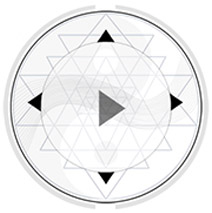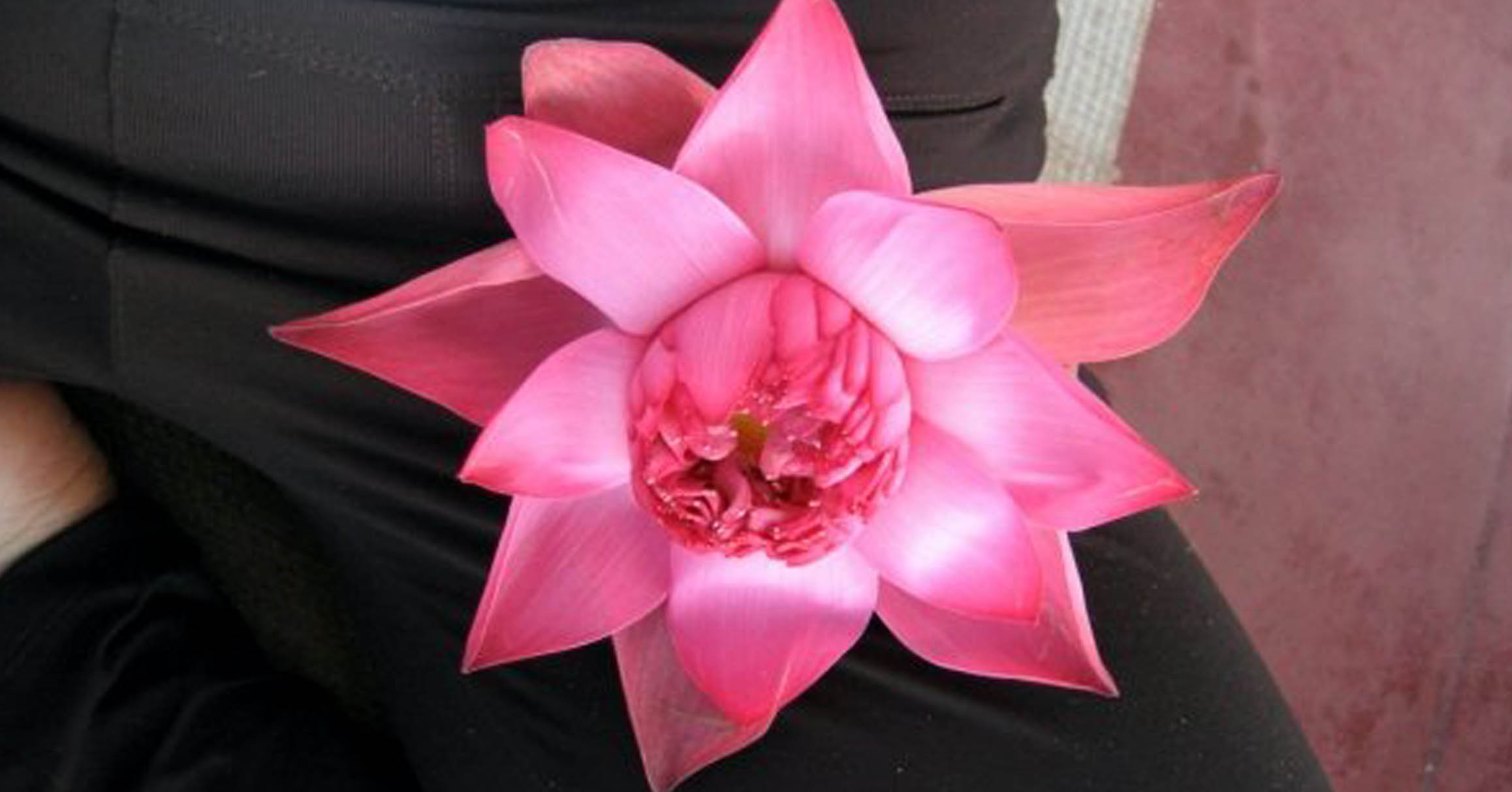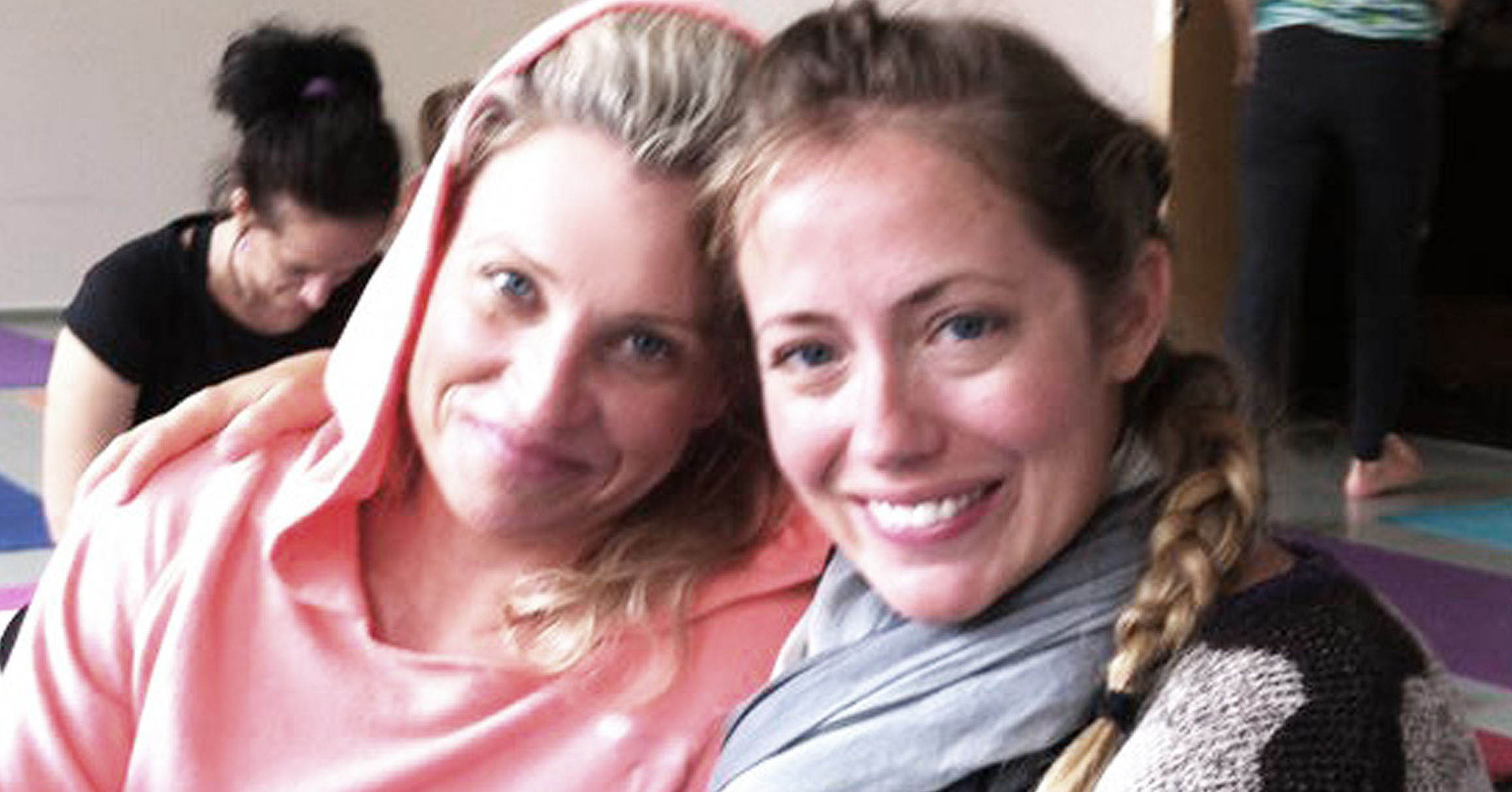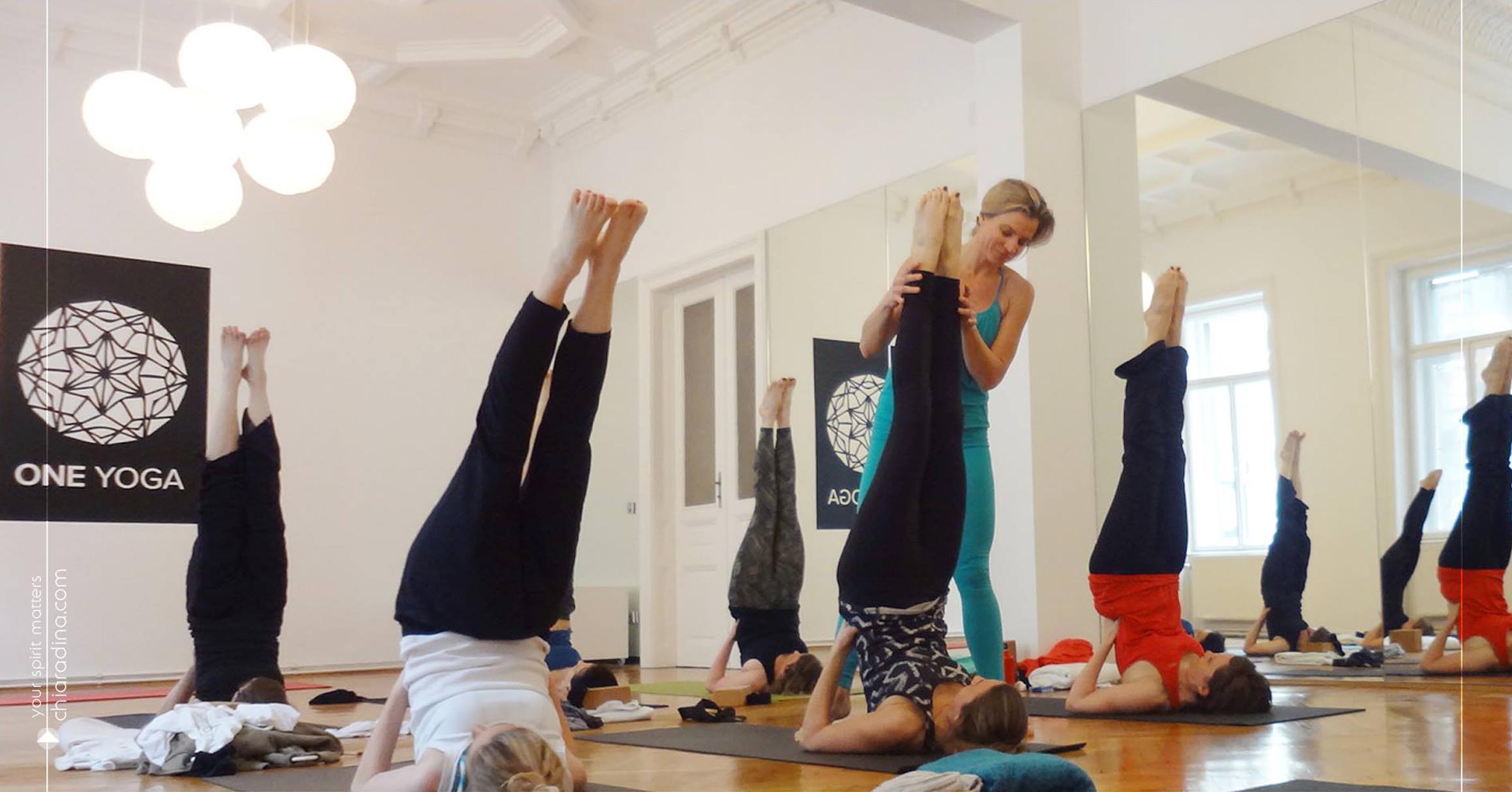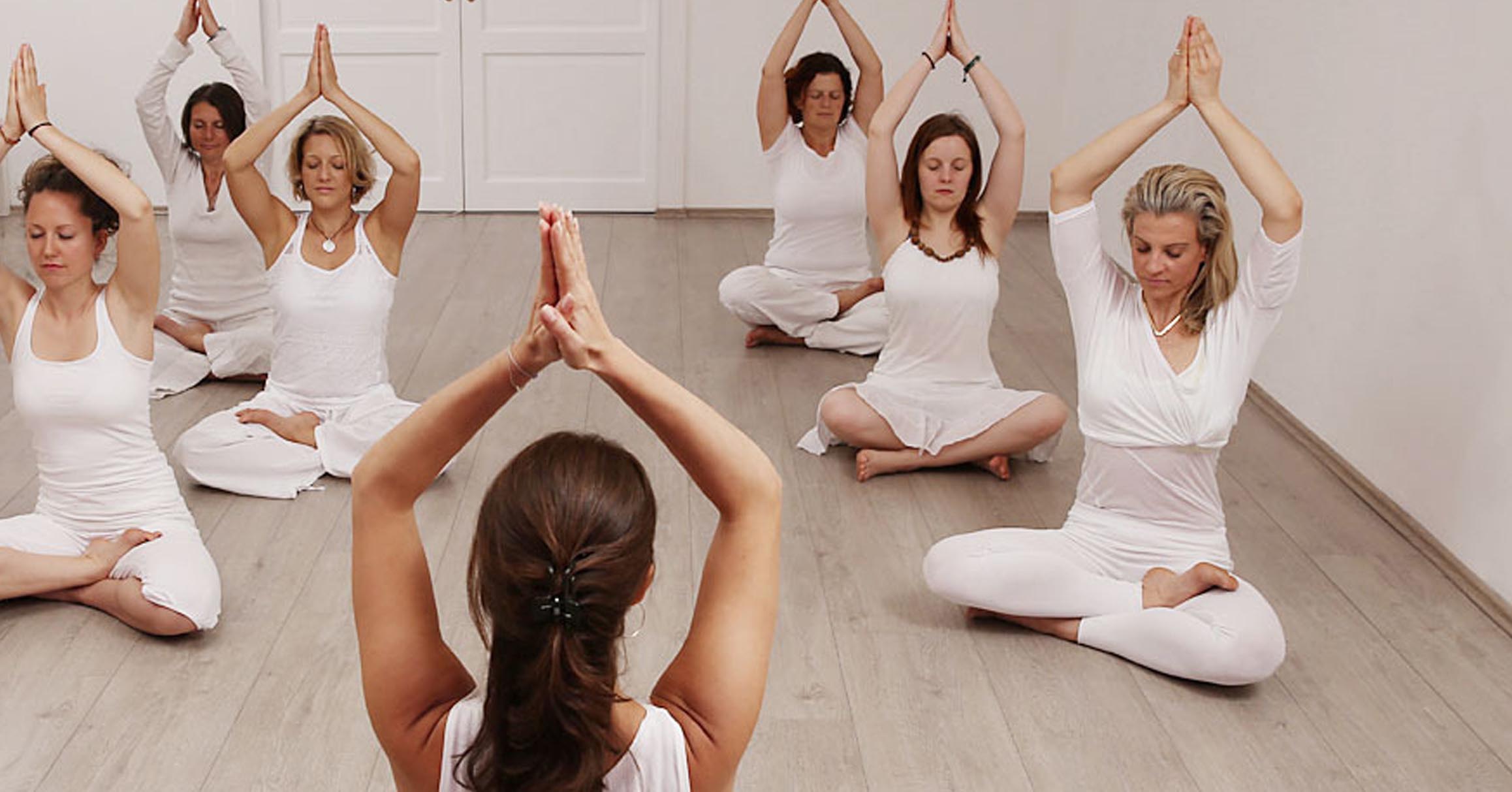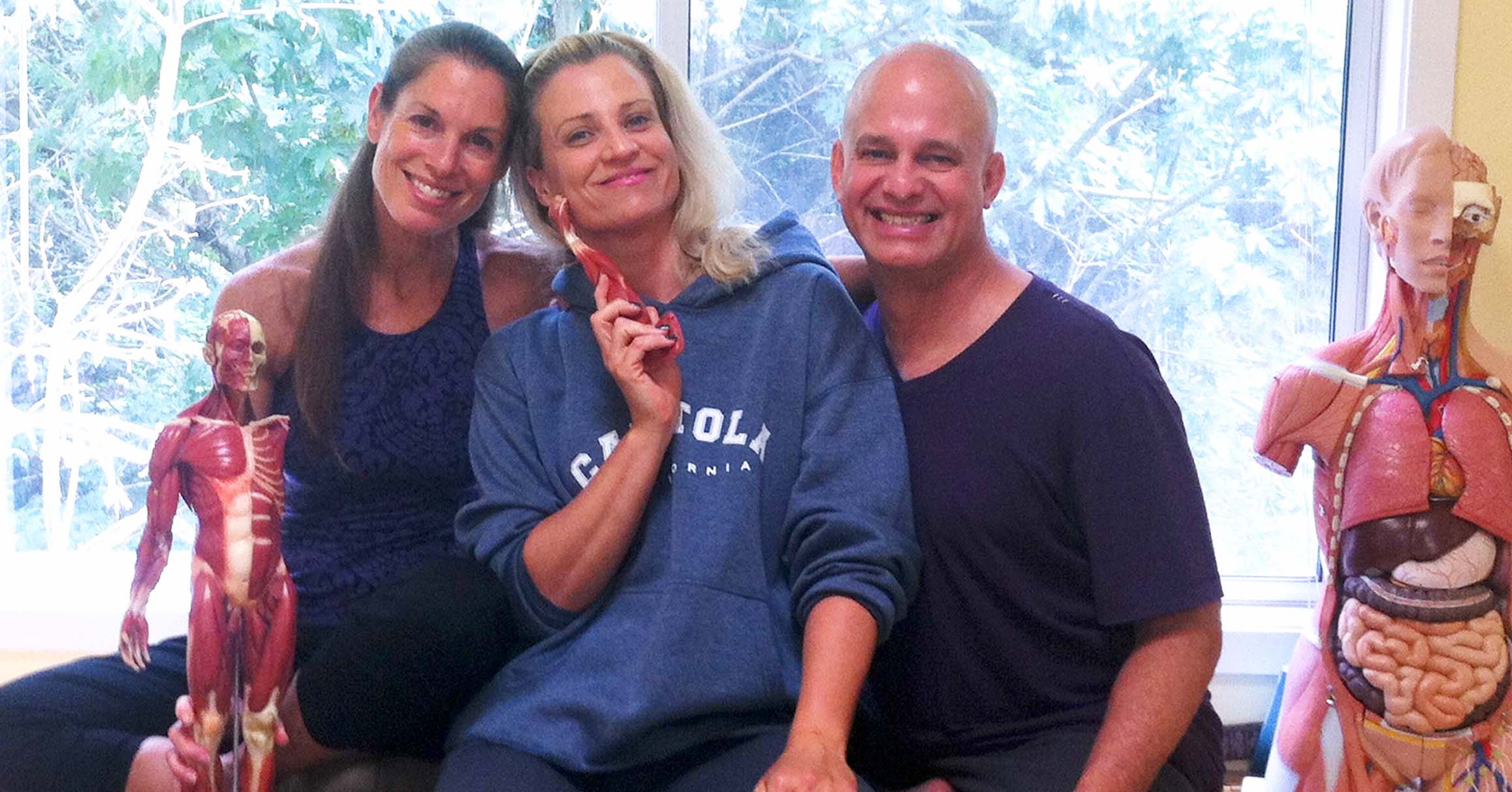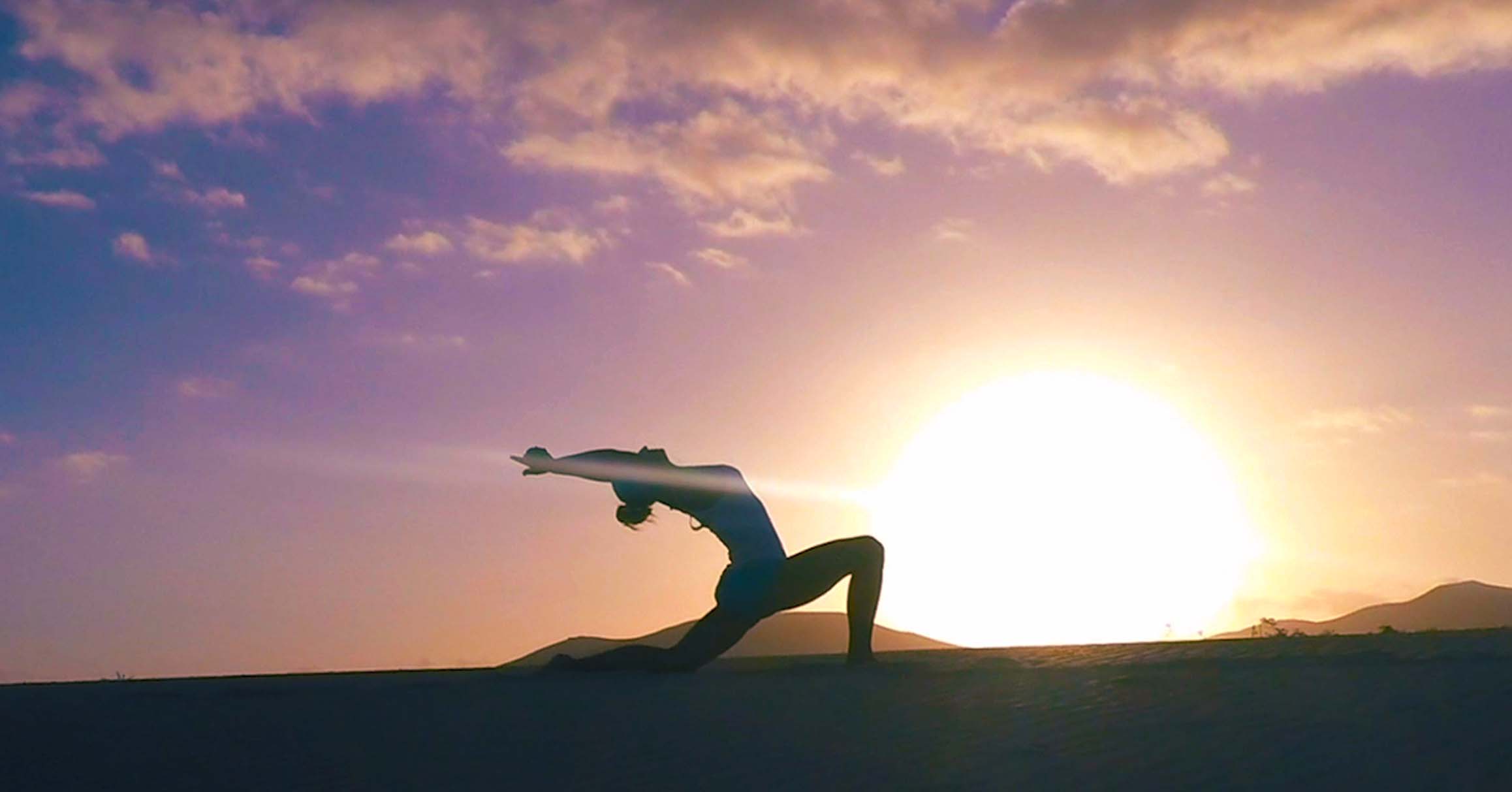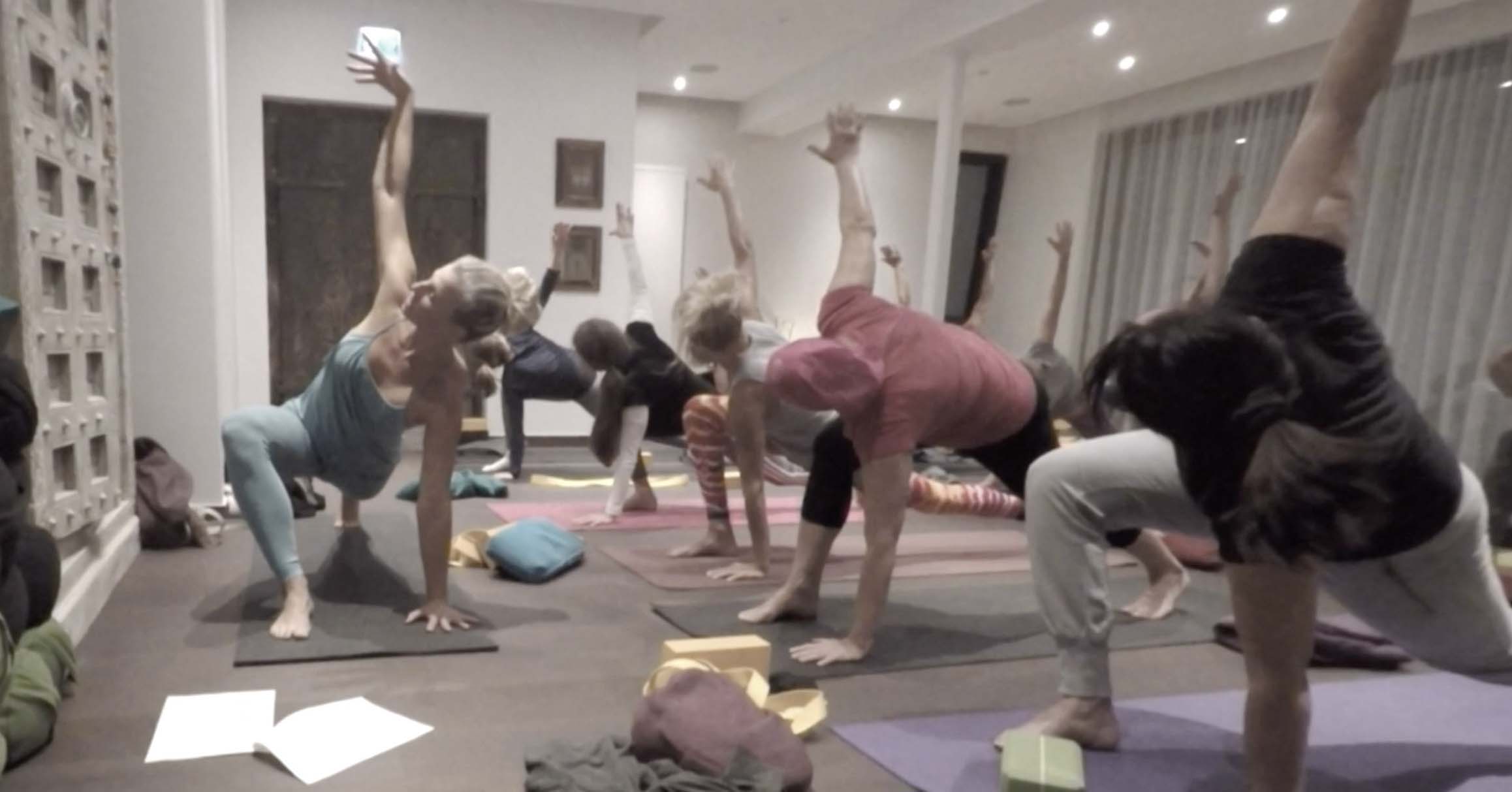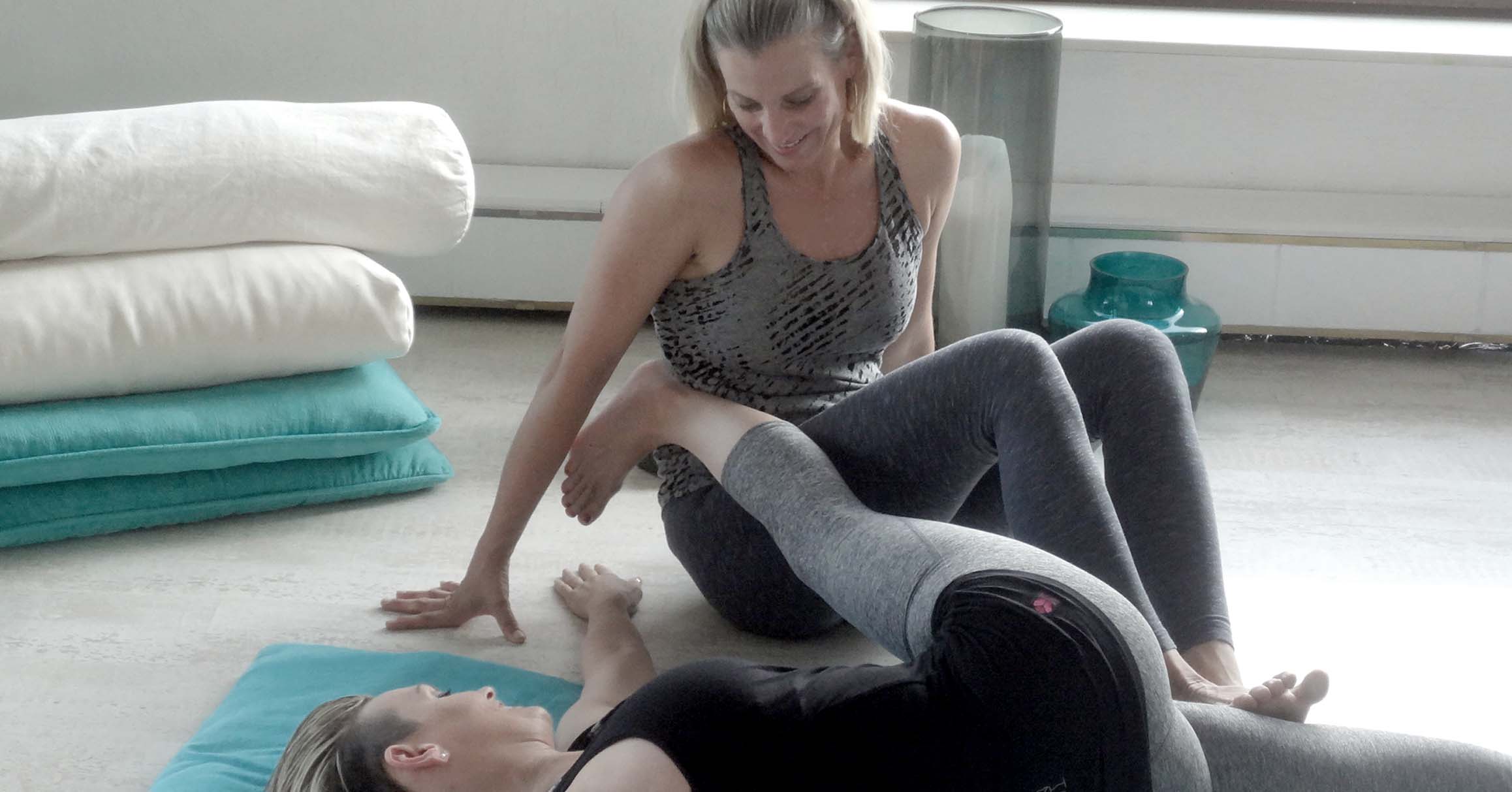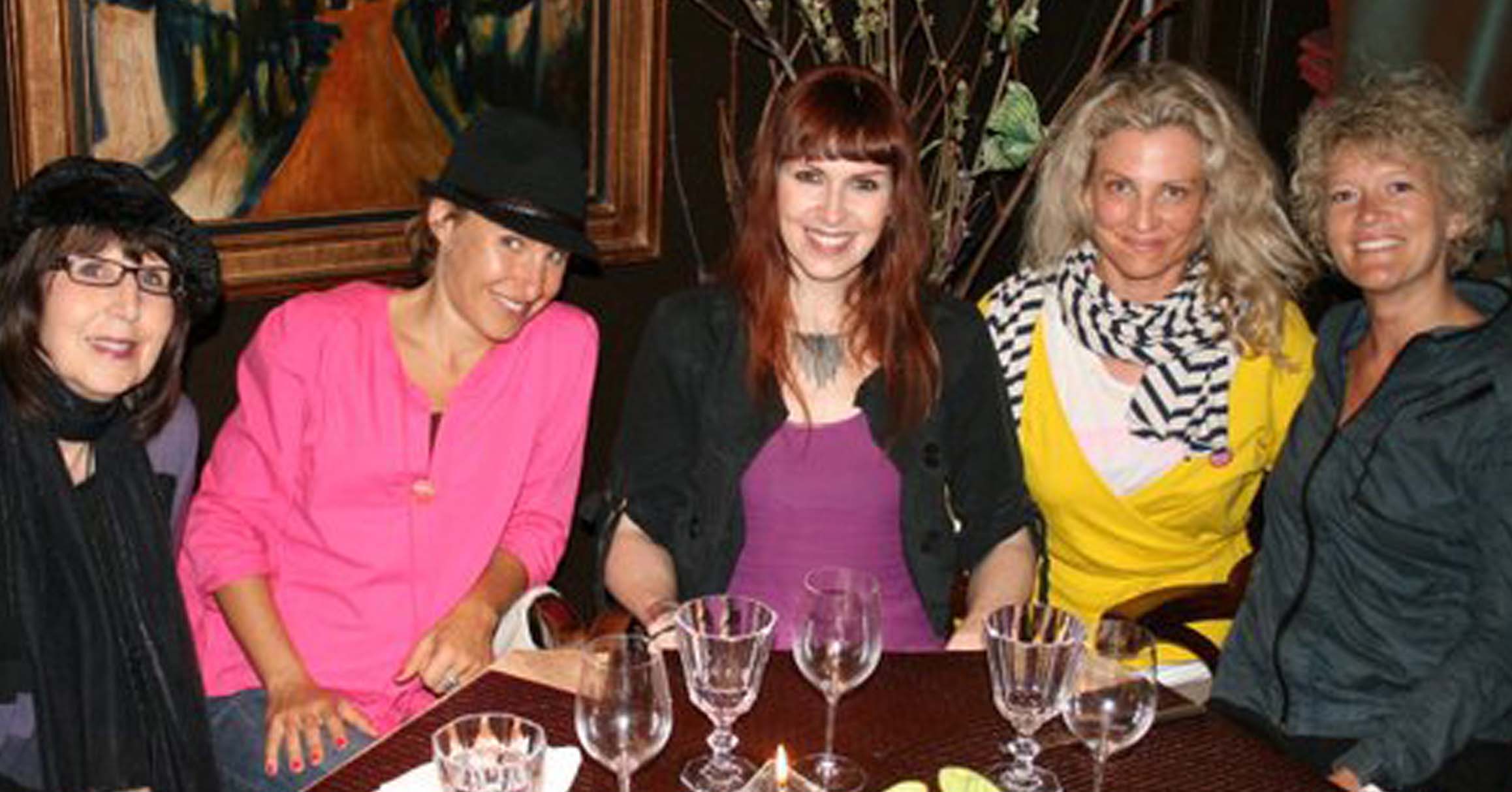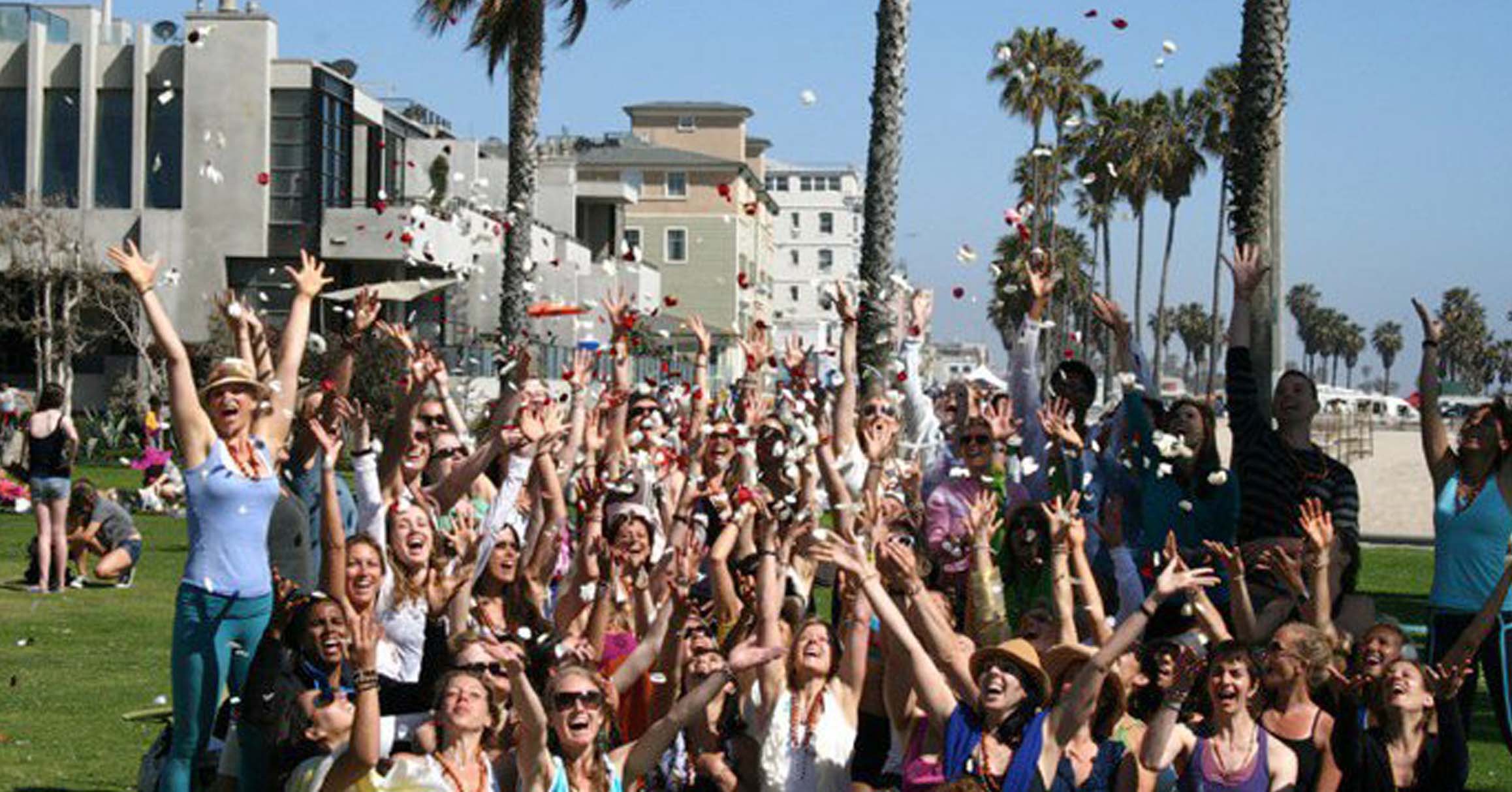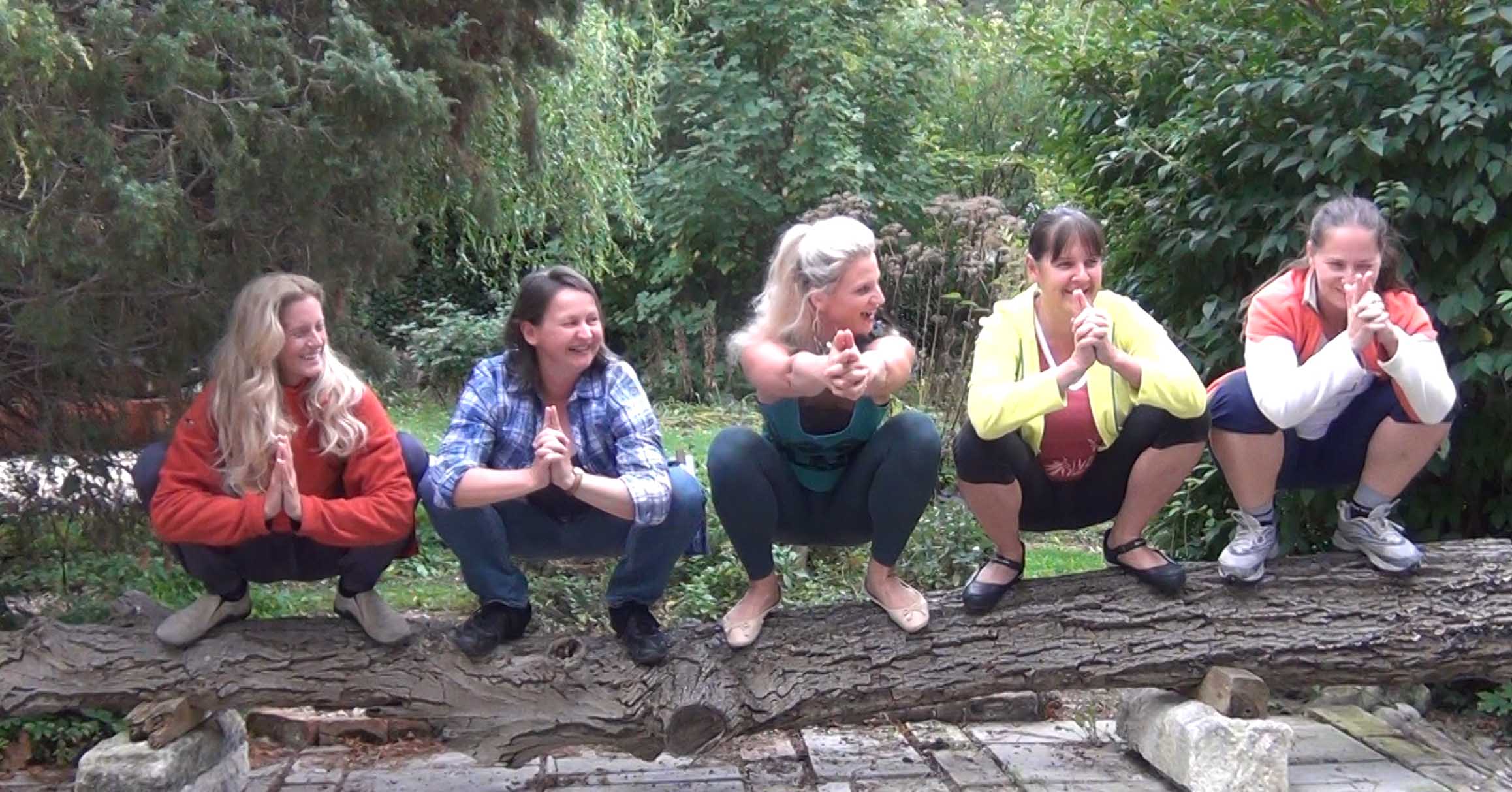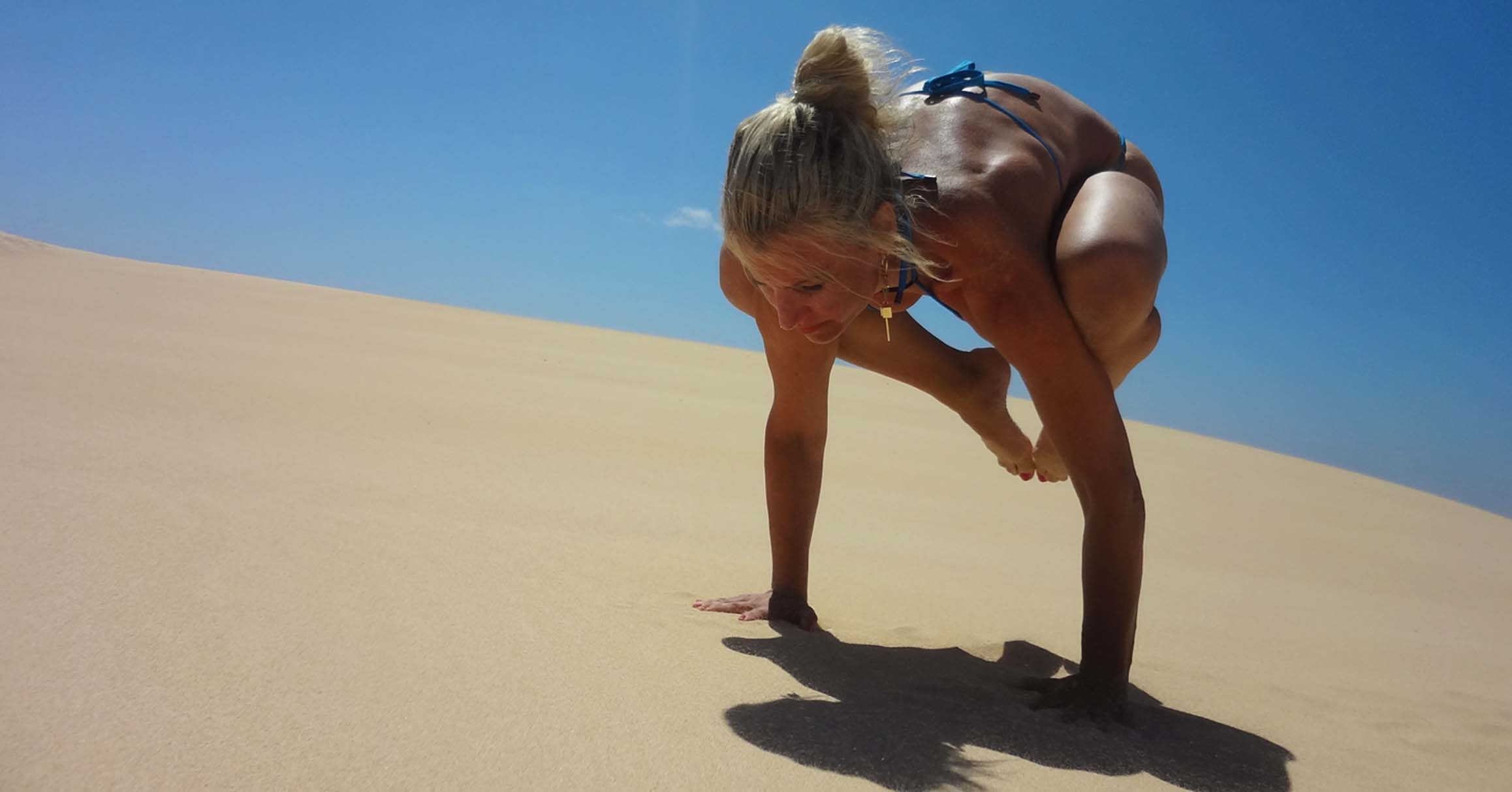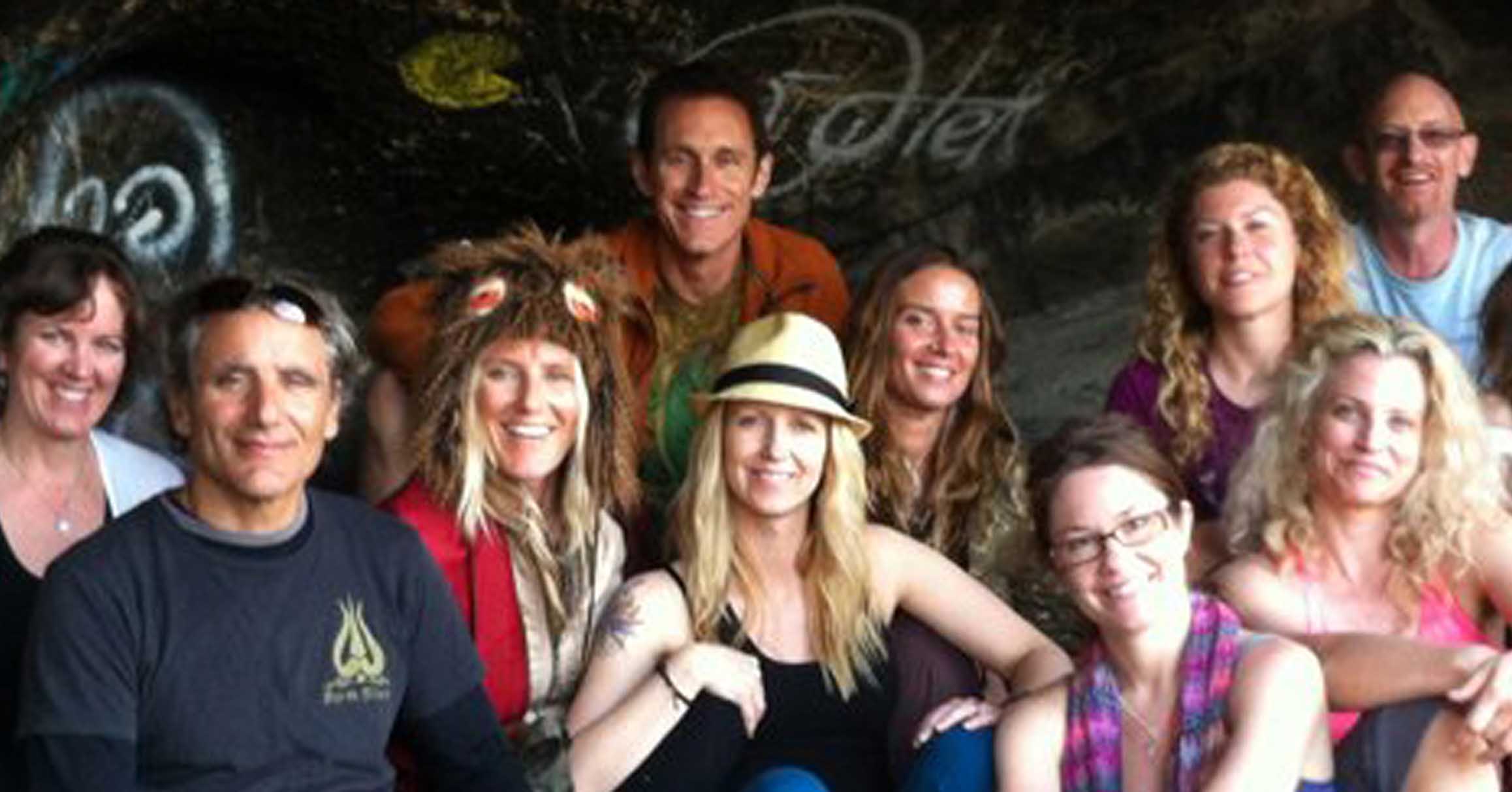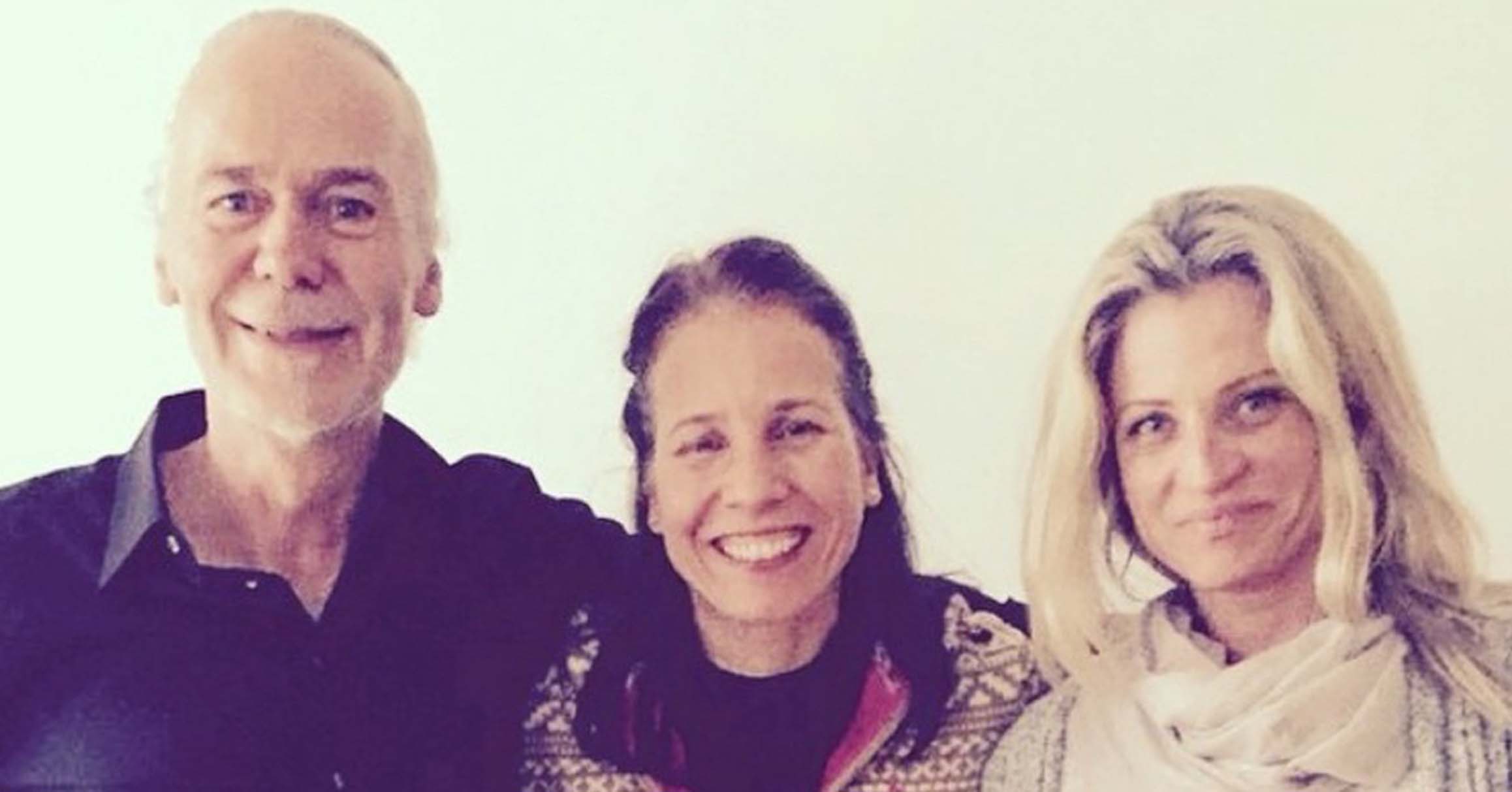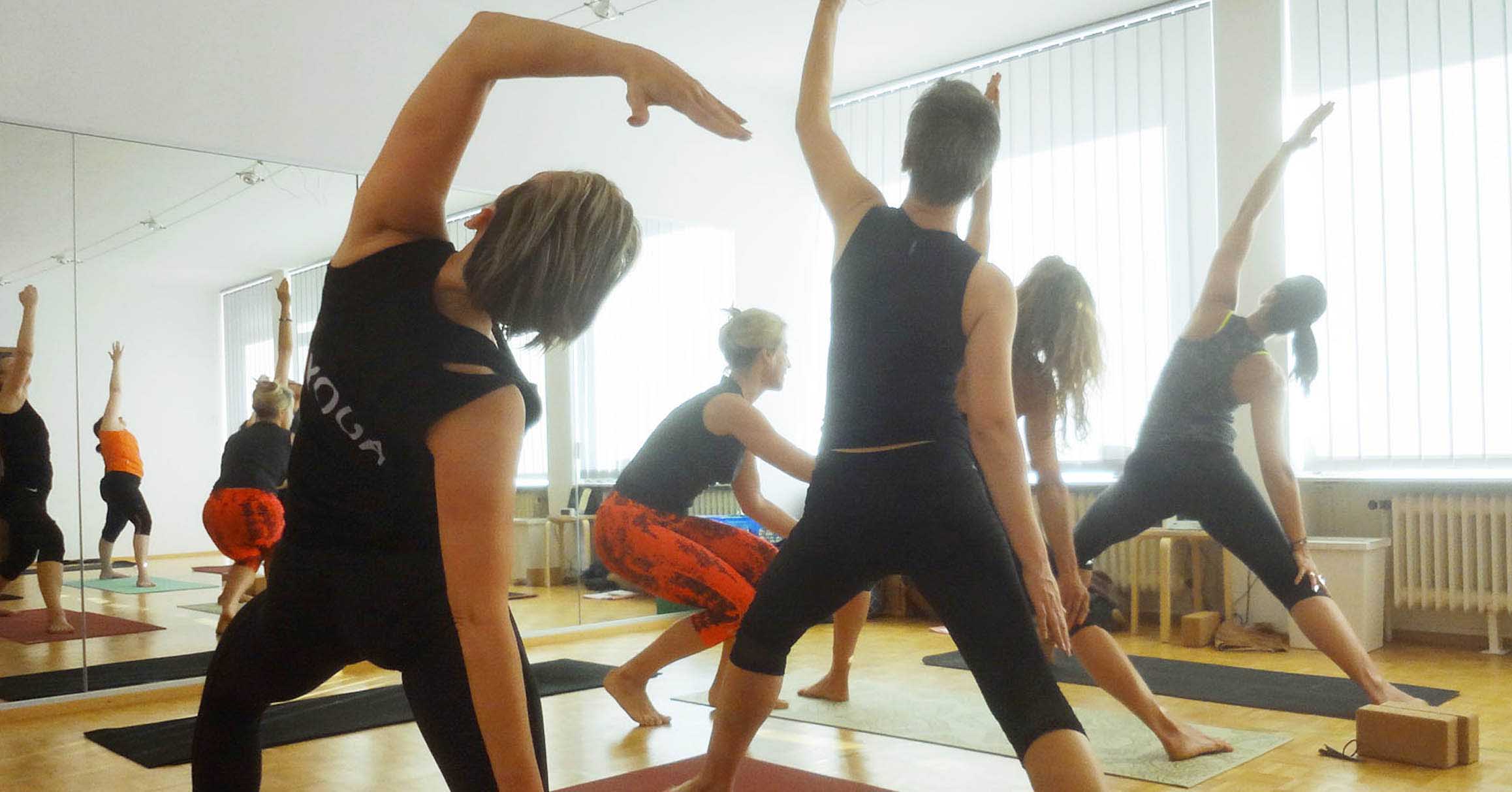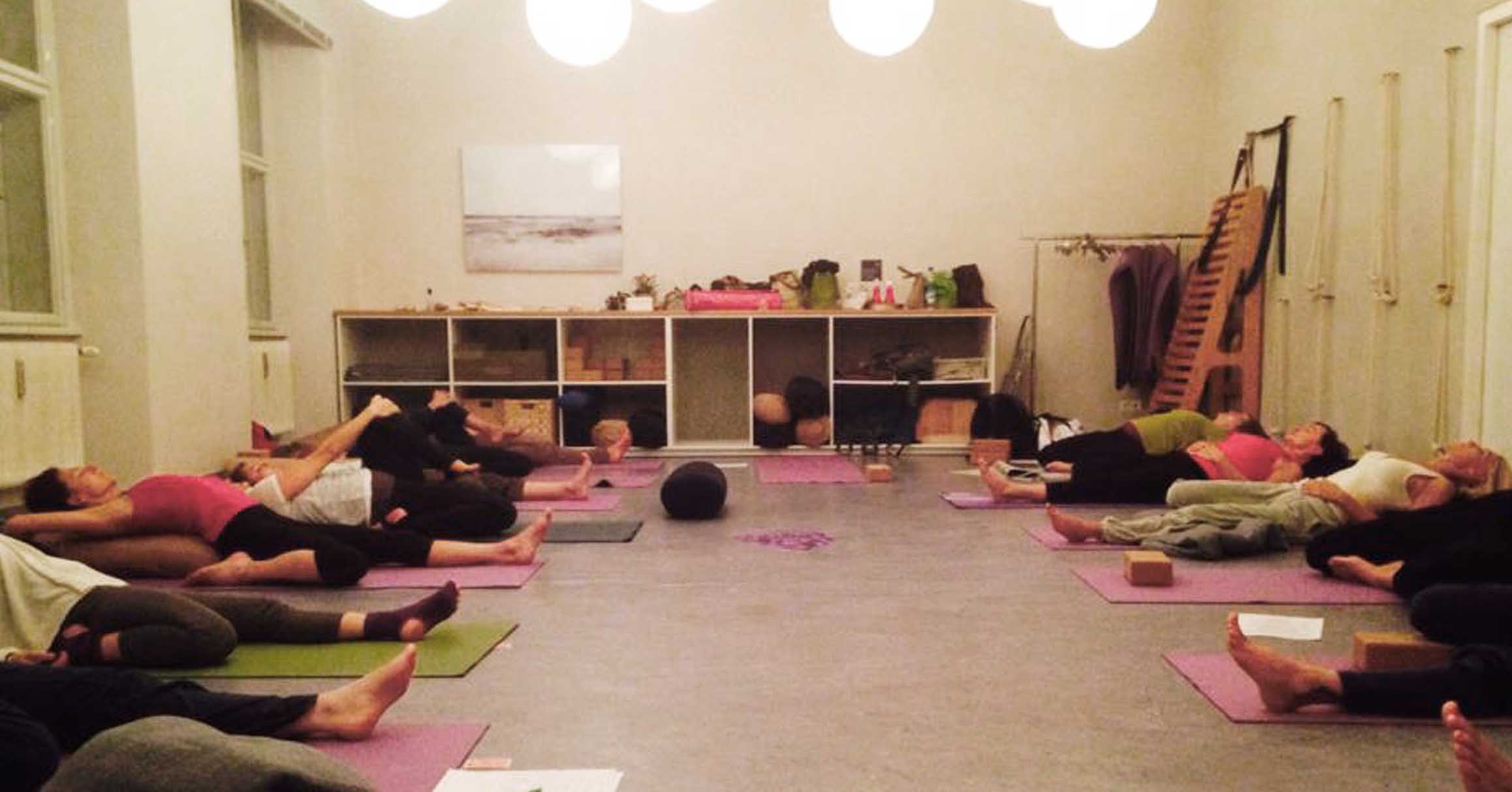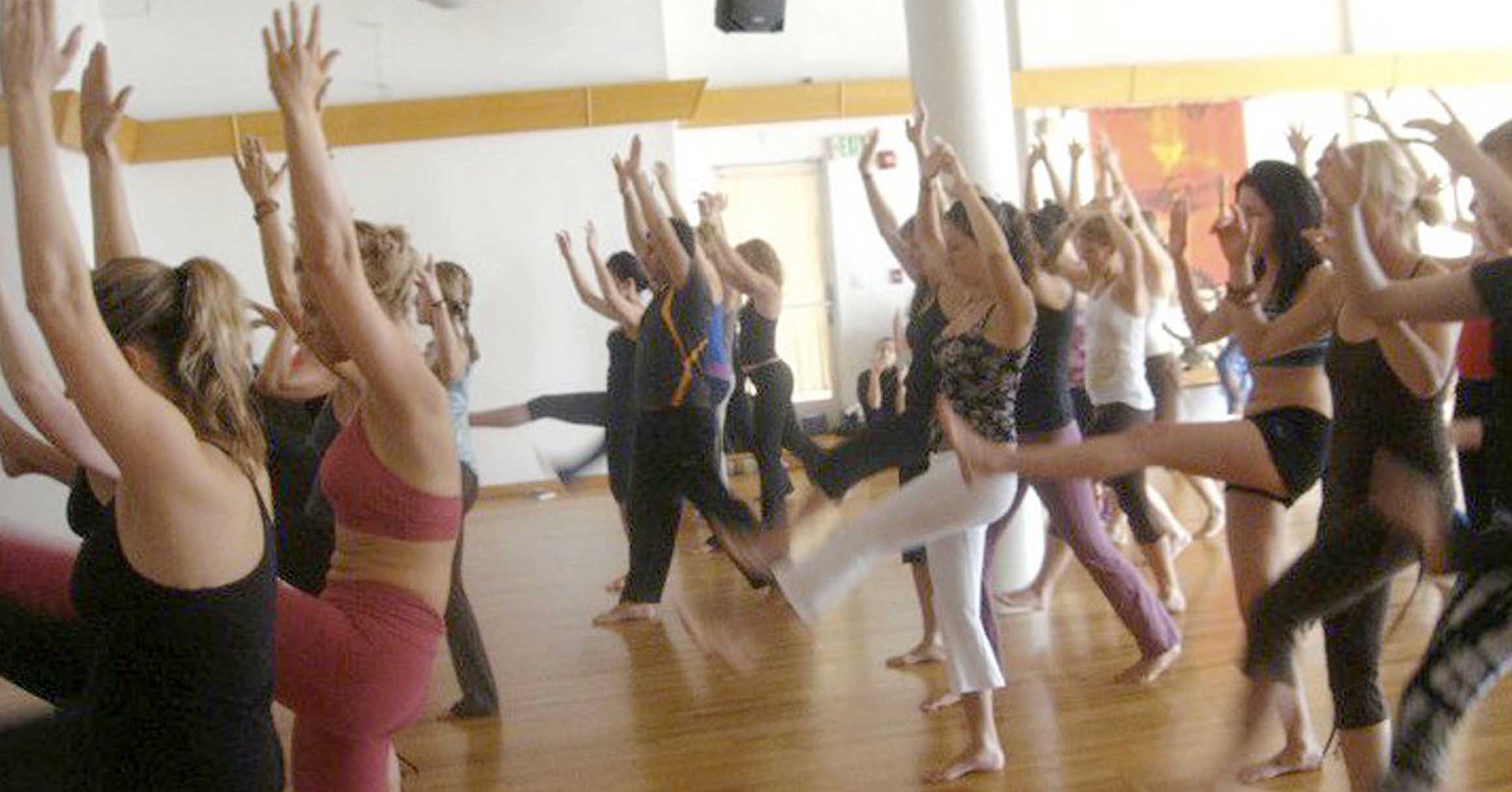YOGA | MOUNTAIN | MULA | CORE (and why all of this matters)
WHAT DOES “YOGA” MEAN FOR YOU?
Yoga for me means to unite – it's quite limiting to list a sample of states/ levels/ qualities that are going to be united by yoga as it is just such a wholesome experience/journey, but here are some examples:
UNITING YOUR MALE AND FEMALE ASPECTS (which equals the right and left sides of the body and the left and right brain hemispheres respectively.) This will help “one” to deal with life/ to process life more holistically by combining intuition and intellect, the feeling and mental nature, giving and receiving, the active and passive (restorative) aspects of one's life etc. This has a positive healing influence at the planetary level and contributes to the morphogenetic field of humanity.
Yoga for me is the perfect means to SERVE THE DIVINE WITHOUT ANY MANIPULATIVE INTERFERENCE coming from a “separated” ego mind set that can be present in other holistic healing methods. Yoga is, to quote a rather infamous term, teaching someone to fish himself/herself. By assisting the student/yogi in the asanas and adjusting misalignment, you support that being to discover – in the literal sense of the word – his or her own intrinsic essential wisdom and truth WITHOUT INDOCTRINATING. I am a strong supporter of the position that each person is his or her OWN AUTHORITY and that not only each and every person is unique, but also that each and every person brings with it its own unique, incredible valuable gifts for humanity – persons should not be copies of another person or blindly follow a given mindset, but truly be individuals. This can only happen when the connection with the formless divine through the tool of the body is reestablished and the deliberate interference of the ego level, that can act in a self-sabotaging way, is limited. Yoga provides all of that on so many levels – not only physical but also on the emotional, spiritual and mental levels. It unites the elements within the body and unites the microcosm (a single person) with the greater holographic reflection of the macrocosm (God, the universe, the surrounding) thereby really empowering the individual with PERSONAL CHOICE AND FREEDOM THAT COMES FROM AWARENESS.
Yoga for me personally is a SACRED DANCE, a fluid balance between hugging in and expressing outwards/expanding that helps me to embody and playfully combine elements of dance, strength, sensuality and spirituality and I intend to pass this on.
WHY IS MOUNTAIN POSE THE “TEMPLATE” FOR ALL OTHER POSES?
Mountain Pose Tadasana is a so called “neutral” position that speaks of trusting the earth (the bigger you) to carry and nourish you, while standing relaxed yet alert, looking ahead, letting everything flow naturally. Tadasana or Samastiti-thi provides the OPTIMAL ENERGETIC ALIGNMENT for the free flow of energy that should be applied to all other poses.
On a mental and emotional level it develops the inner attitude described above that is foundational for the bhava (feeling state) of all the other postures that follow. From trust (drawing in the core, being connected to you(rself), expansion happens naturally. The alignment of the major alignment points of the body stays the same in almost all postures. In every other pose you are trying to get back to this original blueprint of Tadasana.
Samasti-thi creates optimal physical and energetic alignment which holistically influences all the other (elemental) systems connected to physical being. Every pose (asana) will constrict the body in a different way and by honoring the principles of mountain pose throughout the journey, you reopen the out of alignment areas and allowing fresh energy and movement to come into areas that have been cut off from the flow previously. Thereby you gain the ability to RESET everything else.
Not IN mountain, but on a mountain (in a backbend) - Chiaradina in Fuerteventura
WHAT IS THE PURPOSE BEHIND TEACHING STUDENTS MULA BANDHA?
The purpose of applying Mula Bandha (you can call it also pelvic floor activation or the root lock - although the last term does not fully "ring true" with me on a lingo-somatic level), which can as well be describes as a gentle contraction of the pelvic diaphragm and the muscles of the urogenital triangle, is to keep - or in other words – to control and restrain the energy in the body – so that the energy that we gather through breath and movement during practice stays in the body and can be distributed to the regions that need nourishment and healing – which in yoga is always a holistic thing. (asanas/breath/drishti)
Through the practise of Mula Bandha, or the lifting of the perineum towards the navel, the training of the MIND IN ATTENTIVNESS is being continued. Mula Bandha naturally has a nice, gentle UPLIFTING ASPECT and its strength will gradually built over time. Contracting Mula Bandha requires concentration and requires strength, and those two elements create heat in the body.
Contracting Mula Bandha will force apāna vāyu (prāna or life force of the lower abdomen, which naturally has the tendency/quality to descend) to flow upwards until it meets with prāna vāyu, that resides in the region of the chest. This meeting of PRANA AND APANA, according to the Hatha Yoga Pradapika, is supposed to stimulate a nada, or inner sound. Thus, through at the beginning it looks only like a physical practice, the yogi is later on empowered to connect/ tune into and only listen to its own inner voice (of guidance).
On a transcendental level, by holding Mula Bandha or the root lock, the yogi tries to reach Mula or the root of all creation.
WHAT MUSCLES MAKE UP THE “CORE”?
The core can be defined as the area between where your legs meet the hip(bowl) and the lower end of the ribcage. In Pilates, this is also called “the powerhouse”. In martial art and a lot of eastern philosophies it is referred to as the “hara”. The areas in question are the pelvic floor (or pelvic diaphragm), the pelvic bowl, the low(er) back (lumbar region), abdominal muscles/ the low side waist.
PELVIC FLOOR / PELVIC DIAPHRAGM CONSISTS OF:
central tendon of perineum
right and left bulbospongiosus muscles
right and left ischiocavernosus muscles
right and left superficial transverse perineal muscles
internal and external anal sphincter (less important for Mula Bandha but important for ashwini mudra)
PELVIC BOWL:
The pelvic bowl is not merely the link between the thighs and the upper half of the body, it is also the foundation for the torso. There are a couple of muscles that all have a relationship with the femur (greater trochanter) like the piriformis, the obturator internus, obturator externus, gemellus superior, gemellus inferior and quadratus femoris – however, I would not list them under “core muscles” per se.
Muscles either within the pelvic bowl (or running through it) that I would list under “core muscles” (from the deeper to the more superficial muscles):
- left and right iliacus
- left and right psoas minor (counts as well as lumbar muscle)
- left and right quadratus lumborum (c.a.w.a.lumbar muscle)
- transversus abdominis (see also the abdominal section)
LOWER BACK (LUMBAR REGION):
Deep Back muscles that tend to be arranged in several layers, with the deepest ones consisting of small bundles passing from one vertebrae to another:
- the intertransverse muscles that connect one transverse process to the next (sidebending)
- the interspinalis muscles that connect adjacent spinous processes (extension)
- the transversospinalis that run superomedially from transverse process to spinous process.
INTERMEDIATE BACK MUSCLES of the lumbar (lower back) region are a group of posterior muscles that form a layer superficial to those described just above. The intermediate back muscles run through the whole length of the spine (from the occiput/C1 to the coccyx) and are sometimes referred to collectively as the sacrospinalis or erector spinae.
As already mentioned, we are only concerned with the LOWER BACK OR LUMBAR REGION PORTION of these muscles - they consist of three components:
the iliocostalis (most lateral)
the longissimus and
spinalis (most medial).
Each of these is further divided into three subcomponents according to spinal region. Of interest for us here concerning the lumbar region is mostly the iliocostalis lumborum with its lumbar fascia and the longissimus thoraces. The next upper (and most superficial) layer of the lumbar/lower back region consists of the very very last inferior portion of the trapezius muscle and the lower parts of the latissimus dorsi.
THE ABDOMINALS:
The abdominals consist of 4 layer of muscles, mentioned here starting with the innermost layer and moving to the outmost or superficial layer:
- The transversus abdominis
- The internal oblique
- The external oblique
- The rectus abdominis
The transversus abdominis is the deepest of the abdominal muscles. The fibers of the transversus are essentially horizontal. They terminate anteriorly in a broad aponeurosis. Contraction of these circular fibers reduces the diameter of the abdomen, i.e. “pulls in the belly” or increases lordosis of the lumbar spine. Contraction also tones the abdominal organs. This muscle is important for uddiyana bandha and nauli. It is being awakened and strengthened in NAVASANA. An easy way to feel the action of the transversus is to wrap your hands around the sides of your abdomen and cough.
The next layer consists of the internal obliques, a thin sheet- like muscle located on the side of the trunk that is in the front as well attached to a very broad aponeurosis. Its fibers cross diagonally upward and forward from the iliac crest, inserting on the lower ribs and the linea alba. Unilateral contraction of the internal obliques draws the opposite shoulder forward and bends the trunk laterally. This action accentuates twisting postures such as PARIVRTTA TRIKONASANA. Bilateral contraction causes compression of the abdomen and assists in flexion of the trunk. Contracting the internal oblique also contributes to the “air bag” effect described at the end of the text.
The external oblique form the next successive layer. This is a sheet like muscle with its fibers running “opposite”/perpendicular to those of the internal oblique. (Paul Grilley: "put your hands in your pockets") Unilateral contraction of the external oblique results in side bending and contra-lateral rotation of the spine and ribcage (contraction of the external oblique draws the shoulder forward). Also here, bilateral contraction causes compression of the abdomen and assists in flexion of the trunk. Both, internal and external oblique muscles work synergistically in rotation of the trunk. For instance, rotation of the trunk to the right combined with flexion involves simultaneous contraction of the right internal oblique and left external oblique. This interplay is essential in all twisting actions of the trunk for creating the “wringing effect” on the abdominal organs that so effectively eliminates toxins from the body, and you could say that the abdominals are the core prime movers in all twisting postures. Contraction assists in compressing the abdominal content and contributes to the “air bag” effect, protecting the lumbar spine.
The outermost layer of the abdominals consists of the rectus abdominis that lies inside a “rectus sheath” formed by the aponeuroses of the three preceding muscles. This is a long and flat muscle that is divided into four bellies by horizontal fibrous bands, giving it a “washboard” appearance. Contracting the rectus abdominis flexes the trunk forward, or if the upper body is fixed, lifts the pelvis. Important in UTTANASANA and TOLASANA. Tightness of this muscle limits the depth of back bends such as URDHVA DANURASANA and PURSVOTTANASANA.
Contracting the rectus abdominis assists the other 3 inferior layers to compress the abdominal content, producing an “air bag” effect (preventing the content of a filled sandwich to spill out to one side). It prevents hyperextension of the lumbar spine, protecting it when extended as in all back bends.
WHY FOCUS ON THE CORE AS PART OF THE YOGA PRACTICE?
THE CORE – is literally the core of your yoga practice, on and off the mat. The core is your connection to yourself, your power to uplift you, to transmute, transform and create, your strength and the ability to go within and reconnect (gather energy, access eternal internal wisdom).
Apart from that, on a physical level, a strong center PROTECTS THE LUMBAR SPINE (intervertebral disks) see “air bag” effect mentioned above. Your foundation ignites the core and “lights your fire” so you can radiate and shine and bring illuminating energy into all areas of your life – and those of others.
Another viewpoint is that focusing on the core honors the holistic concept of Brahmacharya – directing into being (“creating”) from the inside out (from the divine, timeless, infinite, eternal “level” to the human plane of existence. ) As planets rotate around the sun or petals circle around the central part of a flower, the limbs (“extrem”ities) should also be in service of the spine (the core, the hara) and not the other way round.
BESIDES THE PHYSICAL CORE, WHAT ARE SOME EMOTIONAL AND ENERGETIC BENEFITS OF WORKING FROM THE CENTER?
Literally centeredness on all levels. CLARITY OF MIND AND EMOTION – knowing who you are, what you want, what you feel and what you need right NOW. The ability to stay calm in times of transitions and stress. The ability to be aware without judgement, hence the ability of transmutation. A greater reservoir of available energy and the ability to seize ones' potential to the greatest extend, being (or becoming) a true “individual” while at the same time being connected to the core of existence – the part that is in all of us.
These are excerpts from my certification interview. Questions by Sadie Nardini
A WARM WELCOME!
Here is where I freely muse about all things yoga and my day to day experience with them. If you like what you feel as you read along, come and visit one of our yoga classes in Baden or book a private consultation with me. There are also tons of yoga videos on my YT channel! Glad you made your way to my contributions and happy to be of professional support!
TALK SOON!
IMPRESSIONS FROM MY YOGA JOURNEY:
„Chiaradina, congratulations for passing the Final with flying colors, and blowing me away with your in-depth understanding of this style, and yoga in general. I think yours is the most synthesised comprehension, on a mental, physical and spiritual level of any teacher I have trained. You have managed to import a sense of fun, flow and play what could otherwise be a thoroughly informational, yet dry understanding of the way the body works. To be able to infuse technical knowledge with the transformational fires of tapas is something that only rarely teachers can do.
And you can.
I am honored to certify you in this style and look forward to the wonderful things you will continue to do with your students as you move forward from here!“
MORE FROM MY YOGABLOG:
© 2019 CHIARADINA.COM All Rights Reserved
Copying content and pretending it came from your own creative mind has become - unfortunately in this day and age - a reality. It´s my intention and hope that visitors to my website will appreciate and honour my own hard work, years of studies and professional experience and obtain from copying content, using it for their own purposes. Thank you!
